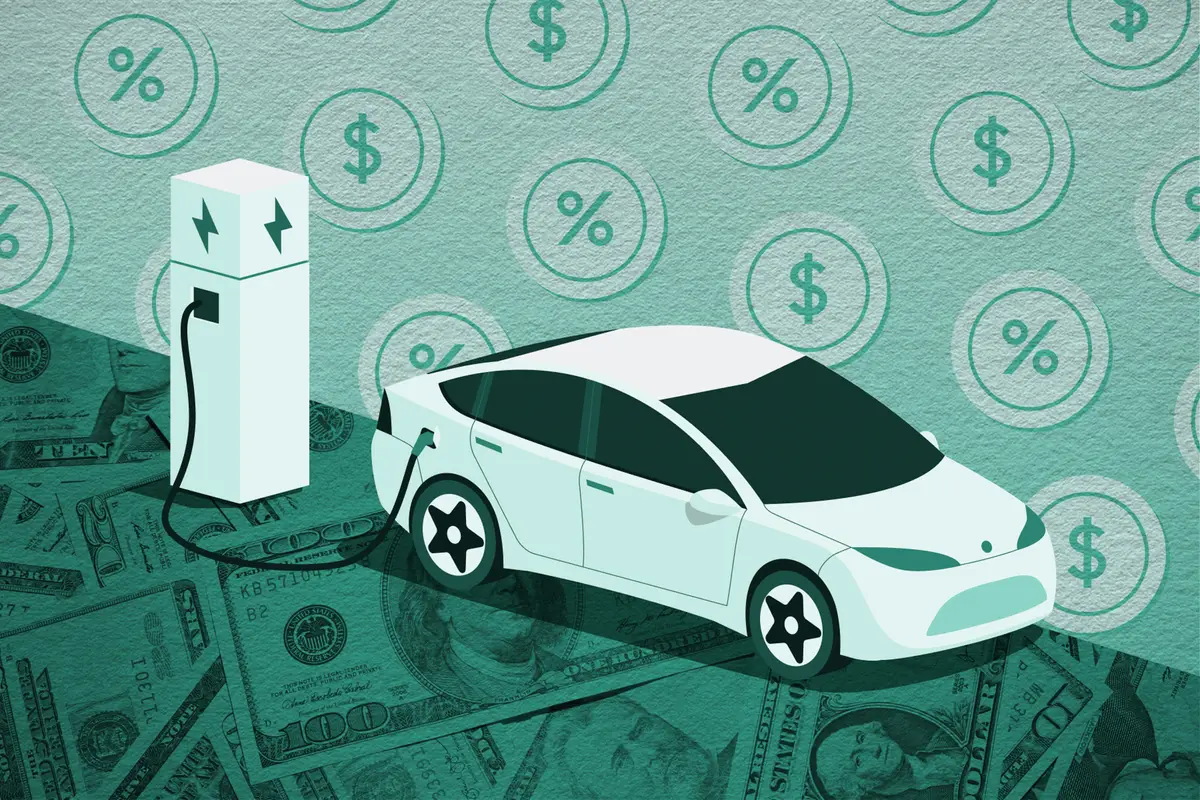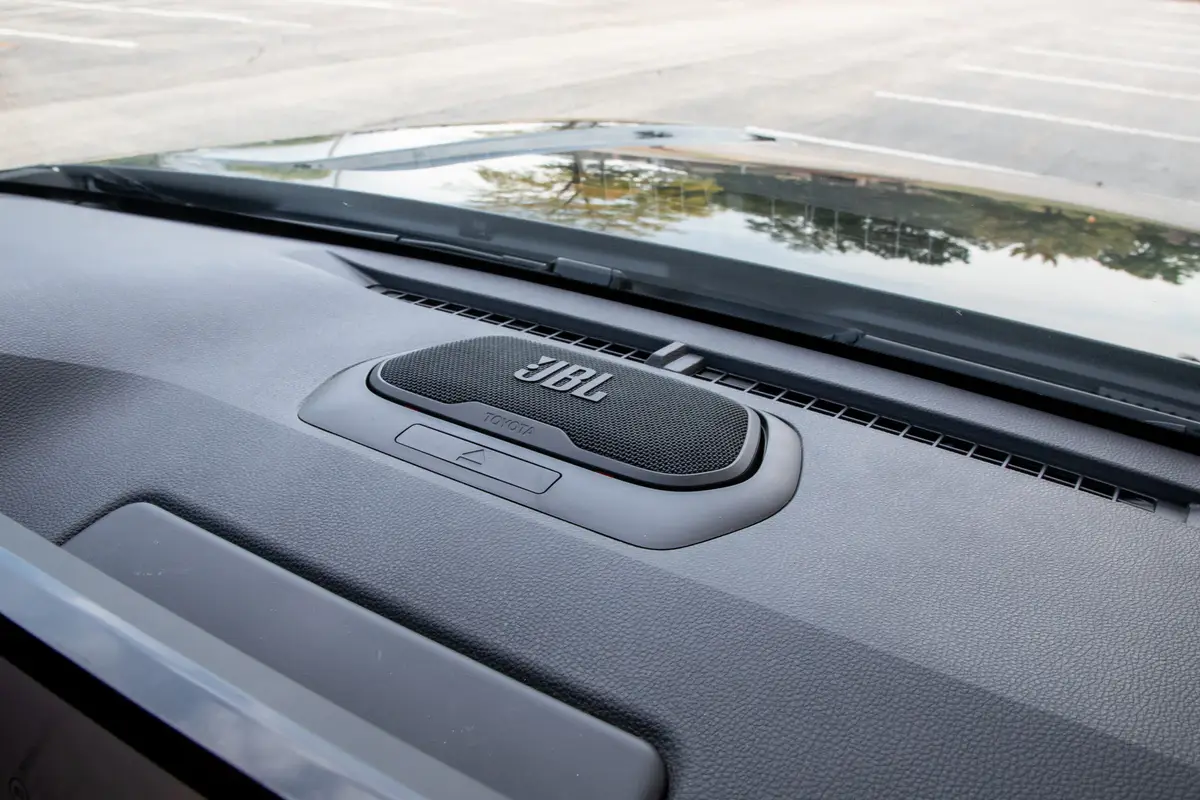2003 Mercedes-Benz E-Class: What's New
Vehicle Overview
The next generation of the Mercedes-Benz E-Class sedan went on sale in the United States in August 2002. Until the emergence of the current C-Class, which was introduced for the 1995 model year, the previous E-Class outsold all other Mercedes-Benz models. Even now, the company says it accounts for 25 percent of total Mercedes-Benz sales. Our goal for the E-Class is nothing short of absolutely dominating the segment, says Product Manager Karen Mikris.
The latest E-Class debuted early in 2002 at the Brussels Motor Show in Belgium, where it showed off a costly redesign that took four years to complete. The sedan reached European dealerships in the spring of 2002. At the Chicago Auto Show in February 2003, a high-performance E55 AMG sedan debuted, equipped with Formula One-style gearshift buttons on the steering wheel and an AMG-developed four-stage Airmatic air suspension. Fitted with a supercharged 5.5-liter V-8 engine that produces 469 horsepower, its called the fastest Mercedes ever. The E320 and E500 sedans are slotted between the midsize C-Class and the top-rung S-Class.
Mercedes-Benz describes the new model as an even sleeker interpretation of the original design. The front end sits lower, with more of a swept-back appearance. Oval headlights are angled back more sharply, and a sculpted trunk edges aside the former squared-off profile.
Like the newly redesigned 2003 SL-Class coupe and convertible, the E-Class sedan has Sensotronic brake control. The automaker says this electronically operated brake-by-wire system promises faster, more surefooted brake response, especially in emergencies. The brake pedal works in tandem with sensors and a computer that activate four fast-acting valves to apply the brakes at a specific intensity on each wheel. The system can even increase brake pressure on the outside wheels when braking during a turn. An Airmatic air suspension is standard on the E500 and optional on the E320.
The E320 wagon continues in its prior form for another season. No significant changes have been announced. The wagon version sells much slower than its four-door sibling a phenomenon experienced by nearly all wagonmakers that offer vehicles in the U.S. market. Still, as the most lavish wagon from the German automaker, the E320 attracts plenty of loyal buyers. It competes against the Audi A6 Avant, BMW 5 Series and Volvo V70.
Wagons come with either rear-wheel drive (RWD) or 4MATIC all-wheel drive (AWD). Mercedes-Benzs Tele Aid emergency communication service offers concierge-type services. Tele Aid operates on its own cellular phone system to call the automakers roadside assistance service, track a stolen vehicle or summon emergency help which occurs automatically if an airbag deploys.
A redesigned E-Class wagon premiered at Detroits North American International Auto Show in January 2003. Standard features of the 2004 model will include electronic braking, adaptive front airbags, side curtain-type airbags and a load-adaptive self-leveling rear suspension. Optional multicontour seats will automatically pump up the outside seat bolster during cornering to help hold the occupants in place. Both the E320 and all-new E500 wagons will be offered with optional 4MATIC AWD.
Exterior
Built on a new platform, the E-Class sedan displays more flowing lines than its predecessor and sports a four-headlight front end. The front fenders, hood, trunk lid and bolt-on frame members are made of aluminum.
A new four-link front suspension and a multilink rear suspension are installed. A dual-control version of the Airmatic air suspension, which selects the most desirable shock absorber and spring settings from four comfort and sport modes, is new in the updated E-Class.
Measuring 190.4 inches long overall on a 111.5-inch wheelbase, the E320 wagon is an inch longer than the BMW 525 and 540 wagons and stretches to about the same size as the redesigned E320 sedan. Slanted oval headlights and a sloping grille are neatly integrated into the front end in a design that Mercedes calls visionary styling. A one-piece liftgate with a power-assisted closing function is featured at the rear. Aluminum roof rails can hold an optional roof rack system that can secure a variety of objects, including bicycles, skis or a cargo carrier.
Interior
The front occupants in the E-Class sedans five-passenger interior face a V-shaped console. Standard and Sport models will be available, and the Sport edition features black birds-eye maple trim rather than the brown walnut interior used on other models.
With standard seating for seven occupants, the E320 is one of just a few wagons that can hold this many passengers. The front features bucket seats, the middle row has a three-place bench, and the third row equips a two-place rear-facing seat that folds into the cargo floor when its not needed. The 60/40-split middle bench also folds down and has removable cushions. Removing the right cushion in the middle row and folding the front passenger seat forward creates a flat load floor thats nearly 10 feet long. The rear cargo area features a retractable cargo net and luggage cover.
Cargo volume behind the middle bench with the third seat folded down is 44 cubic feet, and that space expands to nearly 83 cubic feet when both rows are folded. A standard Cockpit Management and Data (COMAND) system controls a satellite-based navigation system, the sound system and an optional telephone in three ways: via voice commands, buttons on the steering wheel or controls around a dashboard display screen.
Under the Hood
Two engines are available in the E-Class. The E320 gets a 3.2-liter V-6 engine that produces 221 horsepower, while the E500 packs a 5.0-liter V-8 that cranks out 302 hp and 339 pounds-feet of torque. Both engines mate with a five-speed-automatic transmission.
Only one powertrain in the E320 wagon is available: a 3.2-liter, single-overhead-cam V-6 engine that produces 221 horsepower. A five-speed Touch Shift automatic transmission permits manually selected gear changes. RWD is standard, but about half of all E320 wagons have Mercedes-Benzs optional 4MATIC, a permanently engaged AWD system.
Safety
In addition to the new Sensotronic system, the E-Class sedan has antilock brakes and Mercedes-Benzs Electronic Stability Program. Adaptive front airbags deploy at a lower force in less severe collisions. Seat belt pretensioners and load limiters are installed.
The E320 wagon has antilock brakes, traction control and Mercedes-Benzs Electronic Stability Program. Brake Assist applies full braking force during an abrupt stop. Side-impact airbags for all outboard passengers and side curtain-type airbags that provide head protection are standard.
Driving Impressions
Civility reigns behind the wheel of the latest midsize sedan from Mercedes-Benz. Everything about this car is smooth, fine, lush and luxurious.
One of the benefits of the 2003 redesign is that the E-Class has lost most of the heavy feel that was unpleasantly noticeable on previous models. The refined E500 version manages to deliver nearly rocketlike acceleration, whether its starting from a standstill, passing or merging. Trimmed in beautiful wood, the dashboard is a little too complicated for some tastes, and the tachometer should be a bit larger. But when you start picking out flaws on this level, its obvious that youre facing an excellent automobile.
| Reported by Jim Flammang for cars.com; Posted on 4/24/03 |
Featured stories




